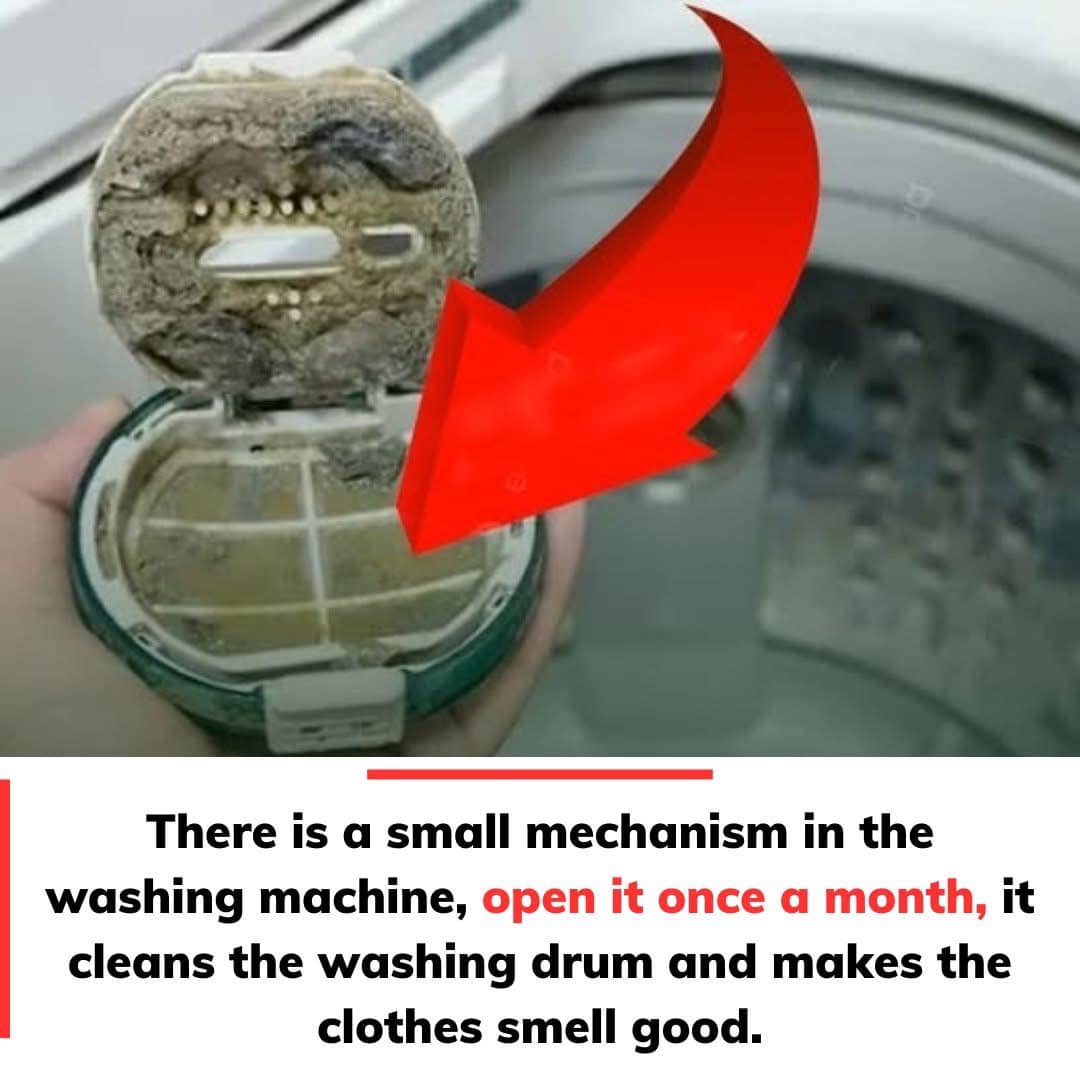Every washing machine comes equipped with a filter designed to trap dirt, lint, and residue from clothing during washing cycles. While this component plays a vital role in keeping clothes clean and the machine functioning properly, it is often overlooked when it comes to regular maintenance. Neglecting to clean the washing machine filter can lead to unpleasant consequences, including dirty clothes, stubborn stains, foul odors, and decreased machine efficiency. Over time, a clogged filter can even cause damage to the washing machine’s internal components, leading to costly repairs or a shorter lifespan for the appliance.

Washing machine filters are responsible for catching stray lint, small debris, and even foreign objects like hairpins, coins, and buttons. Without regular cleaning, these particles accumulate and block water flow during washing and rinsing cycles. This blockage can prevent the machine from draining properly, leaving clothes soaking wet at the end of the wash. Additionally, residue from detergent, fabric softener, and trapped dirt can cause bacteria and mold to grow inside the filter, creating a musty smell that transfers to your clothes.
Depending on the washing machine model, the location and design of the filter may vary. In front-loading washing machines, the filter is typically located behind a small panel or door at the bottom front of the unit. It is generally easy to access and clean. In top-loading washing machines, the filter is often located inside the washing drum or near the agitator. Some newer washing machines have self-cleaning filters, but these still require periodic checks to ensure they are functioning correctly.
How to Remove and Clean a Washing Machine Filter
- Locate the Filter:
-
- For front-loading machines, look for a small access panel at the bottom front of the machine.
- For top-loading machines, check inside the washing drum or near the agitator for a small compartment.
-
- Open the Filter Compartment:
- For front-loaders, pry open the plastic cover or unscrew the cap, depending on the design.
- Be prepared for some water to spill out, so place a towel or shallow basin underneath.
- Remove the Filter:
- Carefully pull out the filter and inspect it for trapped debris like lint, hair, or foreign objects.
- Clean the Filter Thoroughly:
- Rinse the filter under warm running water.
- Use an old toothbrush or soft cloth to scrub away residue and buildup.
- Ensure all small crevices are free from blockages.
- Wipe Down the Filter Housing:
- Use a damp cloth to clean the area where the filter sits.
- Residue often collects here, contributing to odors and potential clogs.
- Reassemble the Filter:
- Securely place the clean filter back into its housing.
- Make sure it’s tightly sealed to prevent water leakage.
How Often Should You Clean the Filter?
Experts recommend cleaning your washing machine filter once a month to ensure optimal performance. If you frequently wash heavily soiled clothing, towels, or pet bedding, you may need to clean it more often. Regular maintenance prevents blockages, reduces odors, and ensures your washing machine continues to run efficiently for years.
Additional Tips for Washing Machine Maintenance
- Run a Vinegar Cleaning Cycle:
- Every few months, run an empty wash cycle using two cups of white vinegar.
- This helps dissolve soap scum, bacteria, and mineral buildup.
- Leave the Door Open After Use:
- After finishing a load, leave the door or lid open for a few hours to allow moisture to evaporate.
- This prevents mold and mildew from forming inside the drum.
- Use the Right Detergent:
- Always use detergents specifically designed for your type of washing machine (e.g., high-efficiency detergent for HE washers).
- Avoid Overloading the Machine:
- Too much laundry in one load puts unnecessary strain on the motor and drum.
- Inspect Hoses Regularly:
- Check water inlet and drainage hoses for blockages, leaks, or wear and tear.
Why Regular Filter Cleaning is Essential
- Prevents Odors: A clogged filter creates an environment for mold, mildew, and bacteria, which produce musty smells.
- Improves Efficiency: Proper water flow ensures each cycle performs optimally.
- Protects Clothes: Clean filters prevent debris and residue from transferring onto clothing during wash cycles.
- Extends Appliance Lifespan: Regular maintenance reduces strain on the machine, minimizing wear and tear.
Surprisingly, many people don’t realize their washing machine filters need regular attention. This oversight is especially common in households where appliance maintenance is not a priority. However, cleaning the filter is a simple task that requires minimal effort but offers significant benefits.
Signs Your Filter Needs Immediate Attention
- Water is not draining properly after a wash cycle.
- Clothes come out still dirty or covered in lint.
- A foul smell lingers in your washing machine.
- Unusual noises occur during the spin cycle.
The Bottom Line
Your washing machine is one of the most hardworking appliances in your home, and it deserves regular care to perform at its best. Cleaning the filter once a month is one of the easiest yet most effective steps you can take to ensure your laundry comes out fresh and clean every time. By taking a few minutes each month to inspect and clean the filter, you’ll not only improve the performance of your machine but also prevent costly repairs and extend its lifespan.
Don’t wait until there’s a problem. Make washing machine filter maintenance a regular part of your household cleaning routine. It’s a small task that pays off with cleaner clothes, fresher laundry, and a machine that works like new for years to come.





